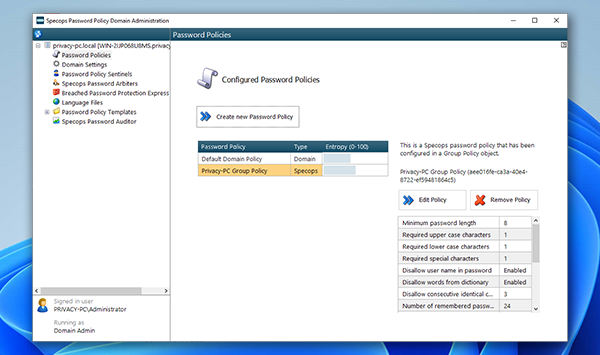Active Directory password management tips to make an admin’s day
Ensuring safe password practices in an organization can be challenging, but thankfully, there are ways to make complex things easy in this area.
If you are no stranger to Active Directory, then you probably know how important it is to enforce the use of strong passwords across the network. The human element has always been in the crosshairs of cybercriminals who look for shortcuts to infiltrate enterprise environments, with weak authentication undermining the whole security architecture no matter how sophisticated the rest of the defenses are.
In an ideal world, every user on your team takes password hygiene seriously. In practice, admins can’t leave it to chance. Building your authentication hardening strategy around password policies is certainly the right approach. But what if Active Directory’s default tools don’t suffice or make this process too complicated? A great way to get around these limitations is to use Specops Password Policy, a tried-and-tested toolkit with unparalleled flexibility at its core.

In addition to its user-friendly gist, there’s a handful of other things on the plus side of this solution. I would single out the following advantages:
- Turnkey policy templates based on recommendations from Microsoft, NCSC, NIST, and NSA
- Custom dictionaries of prohibited passwords
- Support for passphrases
- Indication of password entropy level
- Feature that checks for and disallows passwords found in breach lists
- Real-time feedback during password change
- Extensive user messaging options (email and SMS)
- Password Auditor free feature that pinpoints password-related vulnerabilities
- More than 25 languages are available
- Volume pricing model
Overall, this software is a terrific choice for companies that seek to enhance their password workflows. Furthermore, it facilitates compliance with increasingly rigid cybersecurity regulations in different industries. Read this Specops Password Policy review to learn how it works, from the installation of its components to the creation of a policy that fits your organization’s context to the fullest.

